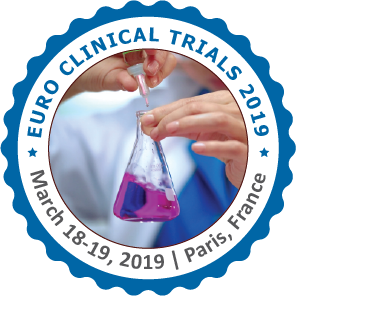Houmria Hamza
University of Badji Mokhtar, Algeria
Title: Silver Nanoparticles; Parametric study and modeling by application of the experimental design methodology
Biography
Biography: Houmria Hamza
Abstract
Background: Silver colloids, silver nanoparticles suspended in liquid exposure properties Chemical, optical and antimicrobial materials widely used in a wide field of application. For these antibacterial and antifungal and antiviral qualities, psoriasis and eczema, these Specific properties are heavily influenced by particle size and shape. The methodology of the experiments plans is an optimal strategy allowing to organize the tests which accompany. A scientific research allows it to obtain the maximum of information with a maximum of precision from a minimum number of experiments in the fastest time and for the least cost[1] Our work consists in successfully synthesizing a colloidal solution of silver nanoparticles with the use of nitrate of silver as precursor and sodium citrate as reducing agent and optimizes the operating conditions. Materials & Methods: thermometer for solution, centrifuge, Analytical Balance, UV-spectrophotometer. [2] Observations: It should be noted that the process of formation and growth of nanoparticles can be easily affected by a multitude of factors, all the glassware must be cleaned by a solution of aqua regia. Results: The field of study allows to synthesize colloids whose mean particle size varies between 59.22nm and 111.85nm. Discussion: A change in the concentration of citrate in the colloid has an effect on the rate of reduction and on the nucleation / growth ratio. [3] Conclusion: synthesis of a silver colloid by chemical reduction using silver nitrate as a precursor and sodium citrate is easy to achieve.

